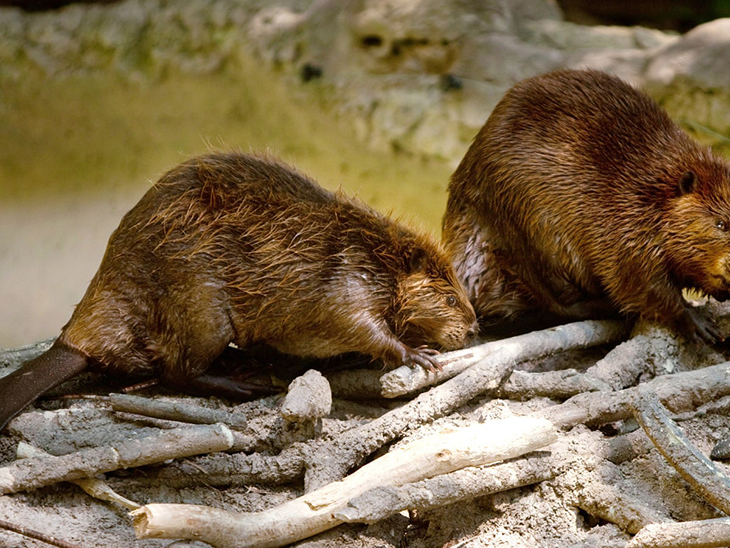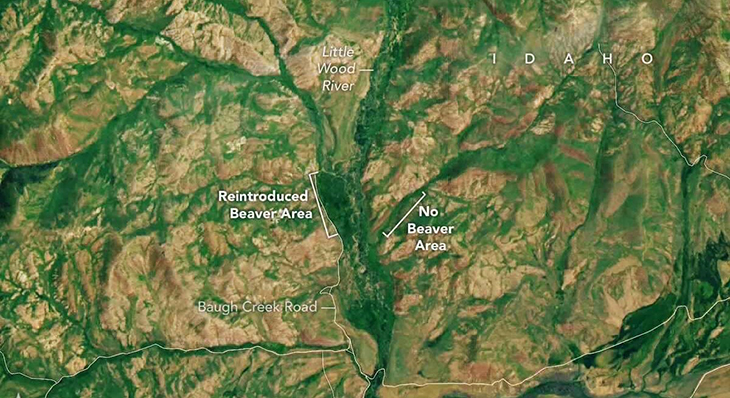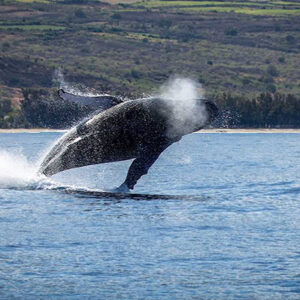
NASA often boasts about the transformative impact of space exploration innovations on various aspects of society, but the connection isn’t always apparent. However, in a unique collaboration, NASA has joined forces with ranchers in Idaho to closely monitor beaver rewilding initiatives along small rivers, streams, and watersheds. Remote sensing data has been integrated into a suite of tools used to observe beaver activities, track dam locations, assess water dispersion, and identify suitable sites for beaver reintroduction.
This initiative was sparked by the rise of “beaver fever,” where ranchers in states like Idaho and Utah actively worked to restore beaver populations on their lands. Leading this endeavor is Jodi Brandt, a human-environment researcher at the University of Idaho, Boise, who leverages NASA’s Earth observation data to quantify the impact of beavers on local ecosystems. The project is funded by NASA Applied Sciences’ Ecological Conservation program and collaborates with experts like Wally Macfarlane and Joe Wheaton from Utah State University, who developed the Beaver Restoration Assessment Tool (BRAT).
NASA’s fleet of Earth-observing missions, including satellites like Landsat and Sentinel, captures extensive data across vast regions, season by season. This data can be analyzed in real-time or rewound to examine past conditions, offering valuable insights.
The story of beaver rewilding doesn’t begin with NASA or Idaho ranchers but traces back to the 19th-century haberdashery and fur-trapping industries. Beaver fur was a prized material for items like hats, coats, and gloves, driving a demand that nearly eradicated these creatures from the Wild West. However, landscape managers recognized the ecological significance of beaver damming. By impeding the flow of water in prairie ecosystems, beavers create environments that support diverse life forms, including birds, plants, insects, and amphibians. Moreover, their dams contribute to aquifer replenishment and maintain a moist environment for soil, grass, and trees, emphasizing the vital role they play in preserving ecosystems.
“Prior to beaver trapping, beaver dams were just about everywhere in the west. So what we’re attempting to do is to bring beaver dam densities back to historic levels where possible,” Macfarlane said.

“In doing so, we’re building important drought resiliency and restoring stream areas. I think there’s a lot of foresight by NASA realizing how these things connect.”
Cindy Schmidt, the newly appointed Associate Program Manager, has recently joined the Idaho team to construct beaver dam analogs. These temporary, human-made structures aid in establishing beavers in a specific area. Witnessing the positive impact of beavers on the land, Schmidt exclaimed that he has become a firm believer in the power of beavers.
“The real value of using satellite data for monitoring is that there are people on the ground working hard and implementing things like increasing water availability, increasing fish and species habitat,” Brandt said. “The more support we can give them, the more broadly these practices can proliferate.”
The project has created four distinct applications utilizing Earth observatory data from NASA and the European Space Agency. As Brandt highlighted, these applications empower individuals engaged in strenuous manual labor to pinpoint precisely where they should focus their efforts. This technology helps them identify areas where their work is most impactful and where improvements are needed.
What are your thoughts? Please comment below and share this news!
True Activist / Report a typo


